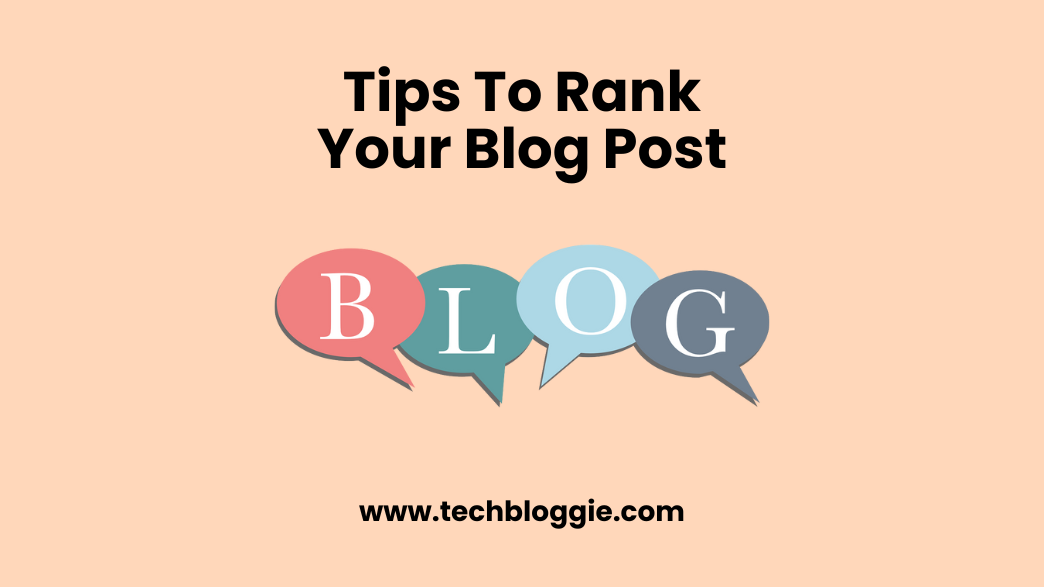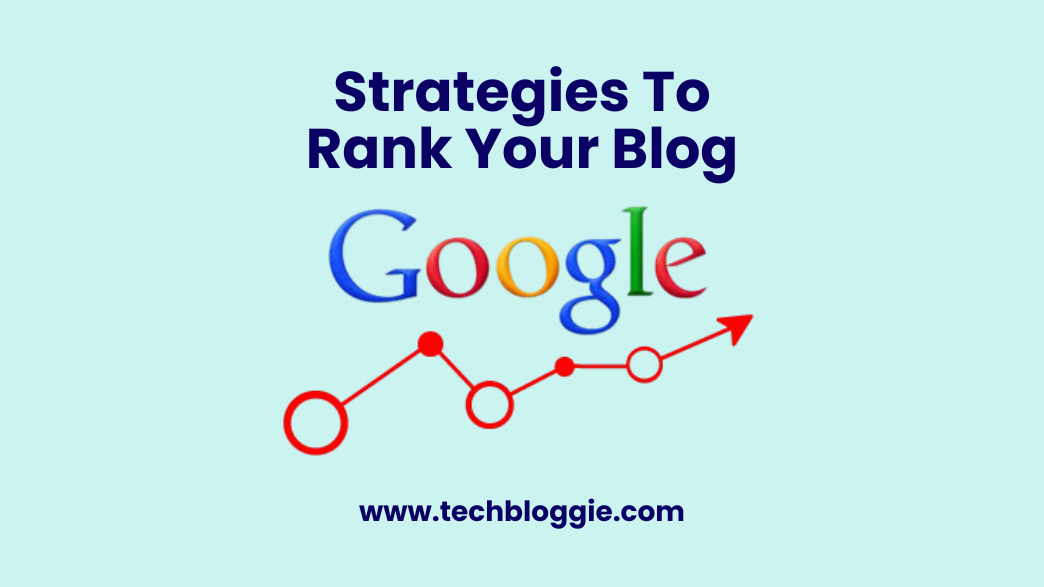Blogging is a powerful tool for boosting brand recognition and encouraging potential customers to interact with your business. Blogging is a tried-and-true method that is unavoidable in the world of digital marketing and content development. In the quest for more blog traffic, the principles of consistency and regularity weigh heavily, but creating blog posts that have an impact is also important.
The pursuit of increased blog traffic requires a break from production that is purely quantity-focused and instead promotes a thoughtful approach to authoring. The creation of blog entries that rise in the rankings of Google’s search algorithm exceeds the domain of artistry and development.
A scientific undertaking supported by a library of tried-and-true approaches, effectively translating to increased visibility and conversion rates. These methodologies wield the potential to dramatically amplify the discoverability and stature of the content you propagate across digital avenues.

What Are The Best Tips To Help Your Blog Posts Rank As High As Possible On Google?
Focus on creating high-quality content that speaks to the interests of your audience to increase the Google rankings of your blog entries. Conduct keyword research to identify pertinent and widely used keywords, then include them logically into your material, including headings and titles. Create captivating meta descriptions, and to improve readability, utilize headings and graphics with precise formatting. In order to achieve higher search engine rankings, you should update your blog frequently with relevant, fresh content.
Find niche topics
The main title has a fair search volume and is pertinent to the topic of your site. To locate keywords relevant to your chosen topic, use keyword research tools like Google Keyword Planner, SEMrush, or Ahrens. Concentrate on long-tail keywords because they are often more precise and face less competition.
-Advertisement-
Utilize keywords
The appropriate keywords that accurately describe the subjects your blog covers Find short- and long-tail keywords that are relevant to your content and have a respectable search volume by using keyword research tools.
Increase page loading speed
If a page takes more than three seconds to load on a mobile device, about 53% of users will leave. The importance of quick page loads extends beyond the user experience and includes Google’s ranking factors as well. As a result, speeding up the loading of your page becomes crucial. A wise first step before starting this trip is to evaluate your page speed using Google’s Page Speed Insights tool.
Publish long content
A little after 1200 words, the content starts. Longer content has advantages for SEO purposes as well. An increased number of backlinks is mostly attracted by comprehensive content. Additionally, longer blog items typically win the chargeability race over shorter ones when compared to their shorter counterparts.

Optimize Images
When photos have alt text, they are examined more closely in comradeweb.com eyes than they would otherwise be. This is where it’s important to include relevant keywords in the title and meta description of your image.
By doing this, you give search engines a context that describes the visual information and helps them determine its relevancy. This technique improves your website’s overall accessibility and comprehensiveness while also helping to optimize image search results.
Optimize URL
- Keep It Short: URLs that are short are simpler to read and share. To make the URL more concise, eliminate extraneous words and characters.
- Include Keywords: When appropriate, incorporate the target keywords into the URL. This gives context to the page’s content for both visitors and search engines.
- Use hyphens (-) to separate words in the URL rather than underscores or spaces.
- Structure and Hierarchy: logically arrange URLs to represent the hierarchy of the content. Consider using subfolders for categories and subtopics.
- Avoid Repetition: Avoid using terms more than once. The meaning of the URL should be conveyed by each word.
- Ensure A secure browsing environment by making sure your URLs use the HTTPS protocol.
- Make sure Your URLs: are readable on all platforms and responsive to mobile browsers.
-Advertisement-
Optimize for Voice Search
Google reports that a sizable 20% of all searches are now voice-based.
Accept interrogative inquiries
Make it a priority to structure your material around questions, especially those that ask “how-to” or “how many” questions. These kinds of questions are commonly asked and require brief, in-depth responses.
Utilize Local Search Optimization
Adjust your attention to local search results. Directions, neighboring locations, and urgent requirements are frequently the focus of voice searches. A sizeable share of voice searches are made by people asking Google for information about their location or nearby attractions.
Refresh your content
By fixing broken links and increasing user engagement, updating your content not only pleases Google’s algorithm but also benefits users. Your prior SEO work has left traces that may be a golden ticket. This means that updating an existing blog post rather than writing a new one often has a bigger impact.
It’s similar to building on an existing structure rather than creating a new one. Add a kind remark stating the date of your end when you make these modifications. To your readers, say, “Hey, we’re all about keeping things current and valuable, just for you.” This action not only demonstrates your dedication but also asks your viewers to have faith that your content is always cutting-edge.
-Advertisement-
Target long-tail, question keywords
Long-tail keywords are going to be the best in terms of volume and competition, but long-tail question keywords are a bonus because they give you the chance to appear higher in the People. Also Ask section than the top results for broader, super-high-volume keywords.
The term “social media marketing” received 32K (yow) searches. The top two results are Word Stream at number one and Sprout Social at number two. The PAA segment, however, sits smack dab in the middle of those two results.
Use Videos To Target How-To And Tutorial Keywords
Video content is becoming more prevalent on the SERP, and in certain situations, it may be your only chance to rank higher for a given subject. For illustration, look at the SERP for “how to advertise on Facebook.”
The “top” genuine organic page result is in fact the final result on the page after advertisements, People Also Ask, Facebook’s organic result, and videos. However, if you provide video material on the subject, you may achieve the best organic ranking (because Facebook will always be ranked higher).
Conclusion
It takes a combination of strategic planning, persistent effort, and dedication to providing content to your audience to get high Google rankings for your blog site. In today’s cutthroat digital economy, you may greatly increase your blog’s visibility and build a powerful online presence by comprehending Google’s ranking factors and putting the strategies described in this article into practice. Recall that patience is essential; although results might not appear right away, the effort will be well worth it.
FAQ’s
Why is ranking my blog website on Google important?
Ranking your blog website on Google is crucial for attracting organic traffic. When your blog appears on the first page of search results, it gains visibility and credibility, leading to increased readership, engagement, and potential monetization opportunities.
How can I find the right keywords for my blog’s content?
Utilize keyword research tools such as Google Keyword Planner, SEMrush, or Ahrens. Look for keywords relevant to your niche with a balance of search volume and competition. These keywords should naturally fit into your content to enhance its search engine optimization (SEO).
Is it necessary to build backlinks for my blog?
Yes, backlinks are essential for your blog’s credibility. High-quality backlinks from reputable sources signal to Google that your content is trustworthy and valuable. Focus on earning backlinks through guest posts, collaborations, and engaging with your industry community.
Can social media impact my blog’s Google ranking?
While social media engagement itself doesn’t have a direct impact on Google’s ranking, it can indirectly influence it. Sharing your blog content on social media platforms increases its visibility and encourages more people to visit your website, potentially leading to higher engagement metrics that Google considers.
How long does it take to see results in terms of ranking?
The timeline for seeing improved rankings varies. It can take several weeks or months before you notice significant changes. Consistent efforts in creating high-quality content, optimizing your website, and building backlinks contribute to a gradual improvement in your blog’s Google ranking over time.

